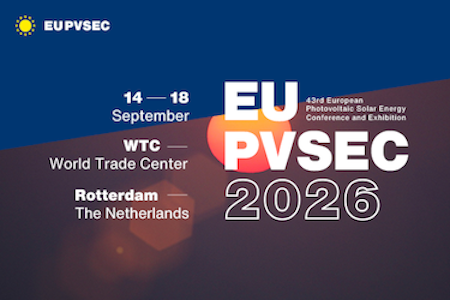Search - Search on Articles, Blogs & Tags
Total Results : 285
IRENA says over 90 per cent of renewables cheaper than fossil fuels
- 2025-07-23 06:27:04
- David Flin
The International Renewable Energy Agency (IRENA) has released a report entitled Renewable Power Generation Costs in 2024 that states that renewables have maintained their price advantage over fossil fuels, with 91 per cent of new clean energy projects now being cheaper than fossil fuel alternatives.
Xcel Energy launches 5.5 GW power expansion plan for Texas and New Mexico
- 2025-07-22 05:49:16
- David Flin
Xcel Energy has announced plans to build 5.5 GW in Texas and New Mexico, consisting of 521 MW of extensions on existing facilities and the addition of 17 new power projects of a combined capacity of 5168 MW.
Türkiye’s renewable capacity to reach 38 GW by 2035
- 2025-06-18 06:50:50
- David Flin
According to data from GlobalData, Türkiye’s renewable power generation capacity will reach 38.2 GW by 2035, representing an annual growth rate of 17.1 per cent from 2024 to 2035.
Aerones raises €55 million to advance robotic wind turbine maintenance
- 2025-06-04 06:45:57
- David Flin
Latvia-based Aerones has raised €55 million to support the global expansion of its robotic and AI-enabled technologies for wind turbine maintenance.
Africa’s largest wind power plant commissioned by AMEA Power
- 2025-06-03 06:15:46
- David Flin
AMEA Power has commissioned the 500 MW Amunet wind power plant in Ras Ghareb in the Red Sea Governorate of Egypt. This facility is now the largest operational wind farm in Africa.
CIL to invest €2.7 billion into renewables
- 2025-05-12 07:02:00
- David Flin
Coal India Limited (CIL) has announced plans to invest €2.7 billion to build up to 4.5 GW of renewable energy generation capacity. It signed an MOU with the ammonia producer AM Green to increase India’s hydrogen and ammonia production.
Repsol starts power generation at Chile’s largest wind farm
- 2025-04-16 06:47:33
- David Flin
Repsol has officially started electricity production at the 364 MW Antofagasta Phase 1, Repsol’s largest wind project to date and one of Chile’s biggest renewable installations.
EU increases renewable share to 46.9 per cent in 2024
- 2025-03-24 06:37:29
- David Flin
Eurostat has released an analysis of electricity generation in the EU which states that 46.9 per cent of it came from renewable sources and a continuing reduction in dependence on fossil fuels.
GeoPura and Siemens Financial Services deal to boost green hydrogen
- 2025-03-20 05:42:09
- David Flin
Siemens Financial Services has signed a financing deal with the UK firm GeoPura to support the hydrogen specialist in its next phase of growth.
CIB invests C$118 million in Nova Scotia wind power project
- 2025-03-10 06:40:31
- David Flin
Canada Infrastructure Bank (CIB) has agreed a C$118 million loan to support construction of the 94.4 MW Weavers Mountain wind power project in Antigonish and Pictou counties, Nova Scotia, Canada.









